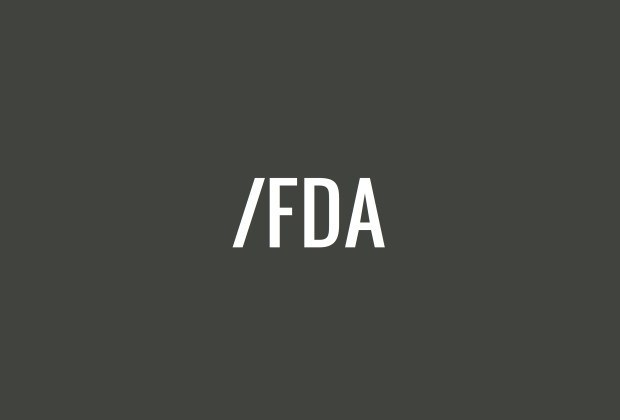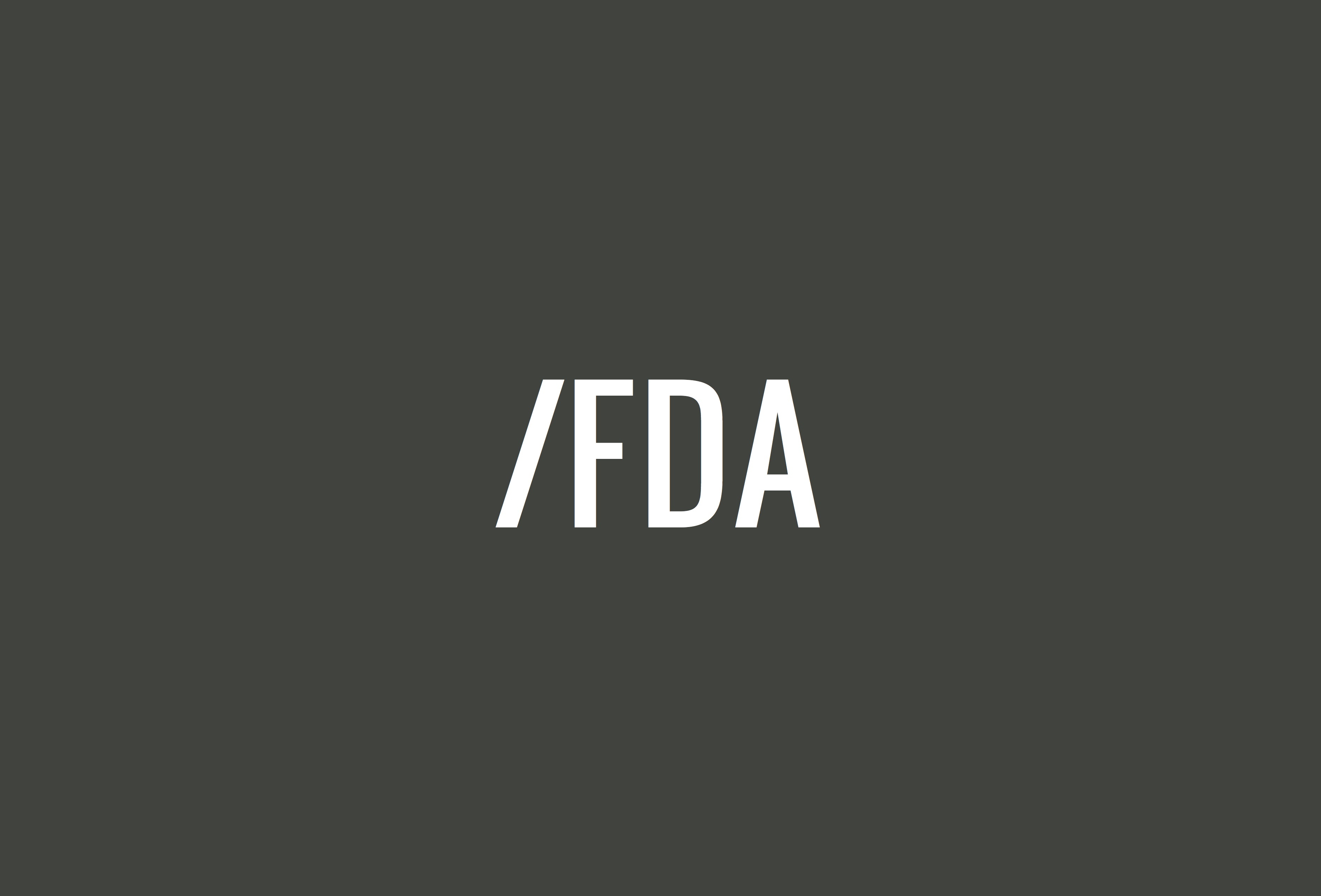Today, the U.S. Food & Drug Administration (FDA) announced that it would extend deadlines for two provisions that deal with how companies apply for approval of tobacco products, one of which will directly affect thousands of cigars.
That process is called substantial equivalence, something that cigar manufacturers originally were expected to have submitted to the agency in February of next year, a deadline that was then pushed back until May of next year and now sits at Aug. 8, 2021.
Substantial equivalence is arguably the single most important and yet unknown part of the deeming regulations which FDA announced last year and enacted in August. In short, any cigar introduced after Feb. 15, 2007 would have to gain approval from FDA through a process called substantial equivalence. In it, the manufacturers would be expected to prove to FDA through a series of documents and presumably testing that the product in question was substantially equivalent to an already approved product. This would likely include showing that the cigar used similar tobaccos to an already approved product and that testing showed the cigar was not anymore harmful than a previously approved product; though once again, none of this has been explicitly described.
The problem with substantial equivalence is FDA did little to explain what exactly it would entail. There were references to testing in a broad concept, estimates about the costs and time needed to create a substantial equivalence report, but nothing that showed exactly what the agency was looking for to the point where it’s not known whether there is a testing procedure in existence that could produce the results FDA is seeking.
As we’ve written about before, the costs regarding FDA regulation remain largely unknown because the agency never defined its requirements for substantial equivalence.
Today changed none of that, but it did signal the agency was delaying the substantial equivalence process and was going to take comments about what exactly that process should look like. It is one of the biggest wins the cigar industry has had since the regulations went into effect, arguably only matched by a court decision against FDA that opened the door for packaging changes.
While much remains unknown, there are a few, or half dozen, takeaways from today’s news.
1. NO OTHER DEADLINES HAVE BEEN CHANGED (YET)
Multiple sources have told halfwheel they expect in the coming days for FDA to announce an additional three-month delay for all other deadlines because of the agreement in place between FDA and the cigar trade groups as part of a lawsuit.
However, today’s announcement doesn’t explicitly push back any other deadline outside of substantial equivalence and PMTA,[ref]Premarket tobacco product applications are highly unlikely to apply to cigar makers and are generally believed to only affect e-cigarettes and vaping products as part of the deeming regulations.[/ref] to the point that even the substantial equivalence exemption request deadline, currently Nov. 8, 2017, hasn’t officially been pushed back yet.
2. THE SMART MONEY WAS RIGHT: DELAYS
The regulations have been in effect for less than one year and we’ve already seen the two most important deadlines receive extensions to the tune of triple the amount of time companies will have to meet compliance.
- Substantial Equivalence Due — Originally 18 Months; Now Five Years
- PMTA Due — Originally Two Years; Now Six Years
Most of the people I would consider “informed” about the FDA process that I’ve spoken to have never believed that the original set of deadlines would ever stand.
It’s a belief I’ve shared and gone on record about in the past. Anyone who read the deeming regulations and then tried to go through the process of substantial equivalence quickly realized one thing: FDA might have announced regulations in May 2016, but the agency certainly didn’t announce how it was going to regulate.
Even today’s announcement is vague. There are still no actual dates on when FDA will even announce the opening of public comments about substantial equivalence framework, let alone when the agency will finalize and publish said framework.
It’s been clear since we first wrote about FDA’s decision to regulate cigars on May 5, much of the most complex parts of regulations are part of substantial equivalence, and most of those details were left blank in the 499-page document released that day.
3. SMALLER & NEWER COMPANIES GET A BIG WIN
Today’s announcement is a win for every cigar company, but it’s particularly good news if you are a smaller and/or newer company.
Today means you have four more years to stay on the market and try to establish your company and its brands. It’s four more years to sell your products and it’s four more years during which you can try to build the business into one that can afford regulation going forward, not just these regulations.
This isn’t a walk in the park. Smaller brands will still have to comply with warning labels and ad restrictions, but the bigger, complex and costliest burden—substantial equivalence—is on hold. All companies can now continue to sell products that were introduced prior to Aug. 8, 2016 with minimal compliance concerns until Aug. 8, 2021, at which point they will have either needed to have applied for substantial equivalence or remove the product from the market.
Some retailers, particularly the larger catalog retailers, have taken positions over the last year, that they would not bring in new product unless they have assurances the brands will be compliant with FDA regulations. While those concerns are not entirely alleviated, they certainly are drastically reduced today and I suspect that’s no longer a valid excuse, at least for a year or two, about why a retailer won’t carry a cigar.
As I’ve said before, there are other issues about why retailers might not want to bring in new product; but today means that at least for the next two or three years, FDA probably shouldn’t be one of them.
4. THE PHANTOM BRANDS WERE AN EVEN BETTER IDEA
Last year, many companies quietly rushed a plethora of new cigars onto the market prior to Aug. 8 with the hopes of introducing them more fully at a later date. I dubbed these cigars phantom brands and while we’ve seen some of them introduced to market, most are not being actively sold today.
Rocky Patel has gone on record saying his company has over 1,500 SKUs it added prior to Aug. 8 and five of the 34 companies halfwheel surveyed earlier this month said they had introduced over 1,000 SKUs each. Based on what I know, I feel confident saying there were over 15,000 phantom SKUs added to the market between May and August of last year. For context, the 15,000 number is greater than the number of SKUs FDA believed was on the market in 2014, a number the agency later backtracked from because it admitted the estimate was off base.
Whatever the case, the phantom brands proved to be a good bet.
While the theory of phantom brands made sense, add a bunch cigars in August so you have new product to introduce over the coming years; the actual economics were much more challenging to make work on larger scales.
Under FDA’s old substantial equivalence deadline, companies had only a year and a half to introduce and sell the phantom brands before substantial equivalence was due, meaning a company like Rocky Patel would likely have at least 1,300 phantom brand SKUs that were not actively being sold on the market, but needed to be submitted for substantial equivalence by February.
Even with the most conservative estimates of costs, Rocky Patel then would need to invest millions of dollars in substantial equivalence costs, all for products the company wasn’t selling, something that seemed unlikely to happen, at least for every SKU.
All those concerns remain today, but now the company will have four more years to add those phantom brands to the national marketplace and profit off their success. It’s still almost certain that not every phantom brand from every company will go through the substantial equivalence process, but the number just got a lot smaller today.
5. THE LAWSUIT IS WORKING
I’ve said all along that delays were going to happen, but no one predicted it would be quite this fast. We are less than one year into regulations and nearly every single deadline has been delayed—and the two most important deadlines have been significantly delayed.
The pressure set by the lawsuit(s), forcing FDA to justify each part of the regulation and forcing the agency to prove that it knew what it was doing when it announced the deeming regulations last May is the direct cause of at least the three-month delays and a likely cause of why today’s announcement happened today and not later in the year.
Many consumers, retailers and manufactures have complained about what the Cigar Association of America (CAA), Cigar Rights of America (CRA) and the International Premium Cigar & Pipe Retailers Association (IPCPR) did before and immediately following the May 5, 2016 announcement of the deeming regulations. It’s been a little more than year and the organizations have far exceeded expectations and not just ones set by people with condescendingly low bars.
6. THE HOPE OF A COMPLETE REEVALUATION/RESTART OF THE PROCESS IS ALIVE AND WELL
Over the last month there’s been a lot of chatter by those close to the situation about a complete restart or reevaluation of the rules, a process where FDA would likely announce a suspending of the cigar-related or all parts of the deeming regulations and start over from scratch. That chatter has done nothing but pick up today.
Predictably, no one wants to go on the record; but no one I spoke to today argued that the complete reevaluation is off the table.
No one I’ve spoken to thinks this would be a reversal in the sense there would be no regulation, but many people think it’s quite possible FDA decides to restart the process from scratch. This is the long-term (realistic) top prize for cigar makers: get an anti-regulation administration to throw out the old rules and have the cigar industry work with FDA to come up with a set of rules most companies can live with.
We still aren’t there, but carefully worded press releases from both FDA and the CRA and IPCPR leave plenty of room for that option to be alive. While some on the pro-cigar side are speculating that it’s more likely than not to happen; it’s worth nothing, the anti-tobacco side has become increasingly concerned with FDA’s actions in regards to the lawsuit and today’s decision.
If the barometer about your current position is based solely on how bad the opposition is feeling, it was a pretty good week for the cigar industry.


